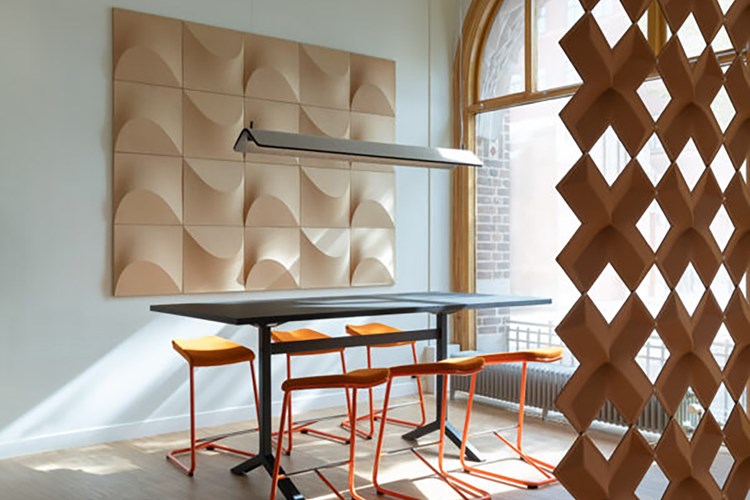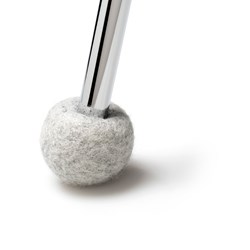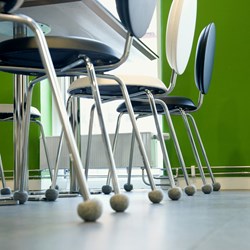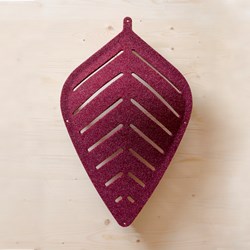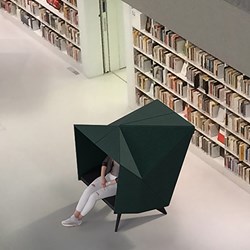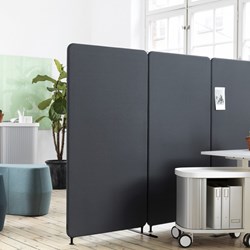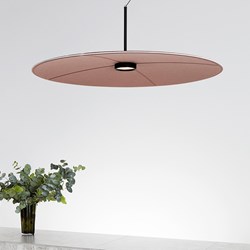Acoustics
Acoustic environment
The current library trend with big open spaces, straight parallel walls and glass surfaces creates unpleasant sound reflections. In these cases, it is important to “help” these surfaces in the best way possible to create a pleasant acoustic environment, by reducing disruption in areas where concentration and quiet contemplation are needed, in which the customers can stay both creative and focused.
What is acoustics?
Acoustics is the science of audible sound.
Sound is pressure waves in the air. The ear interprets the variations in air pressure as sound. The sounds have different characteristics because of the difference in wavelength -they are defined as either short or long.
The acoustic environment is important
Every day, we are surrounded by sound. It can be the sound of talking people, ringtones, general scraping noises, the echoes of foot-steps or background music.
In a library, the acoustic design of the room affects the staff and customers health and productivity. If we are subjected to a lot of noise, we get stressed out and fatigued.
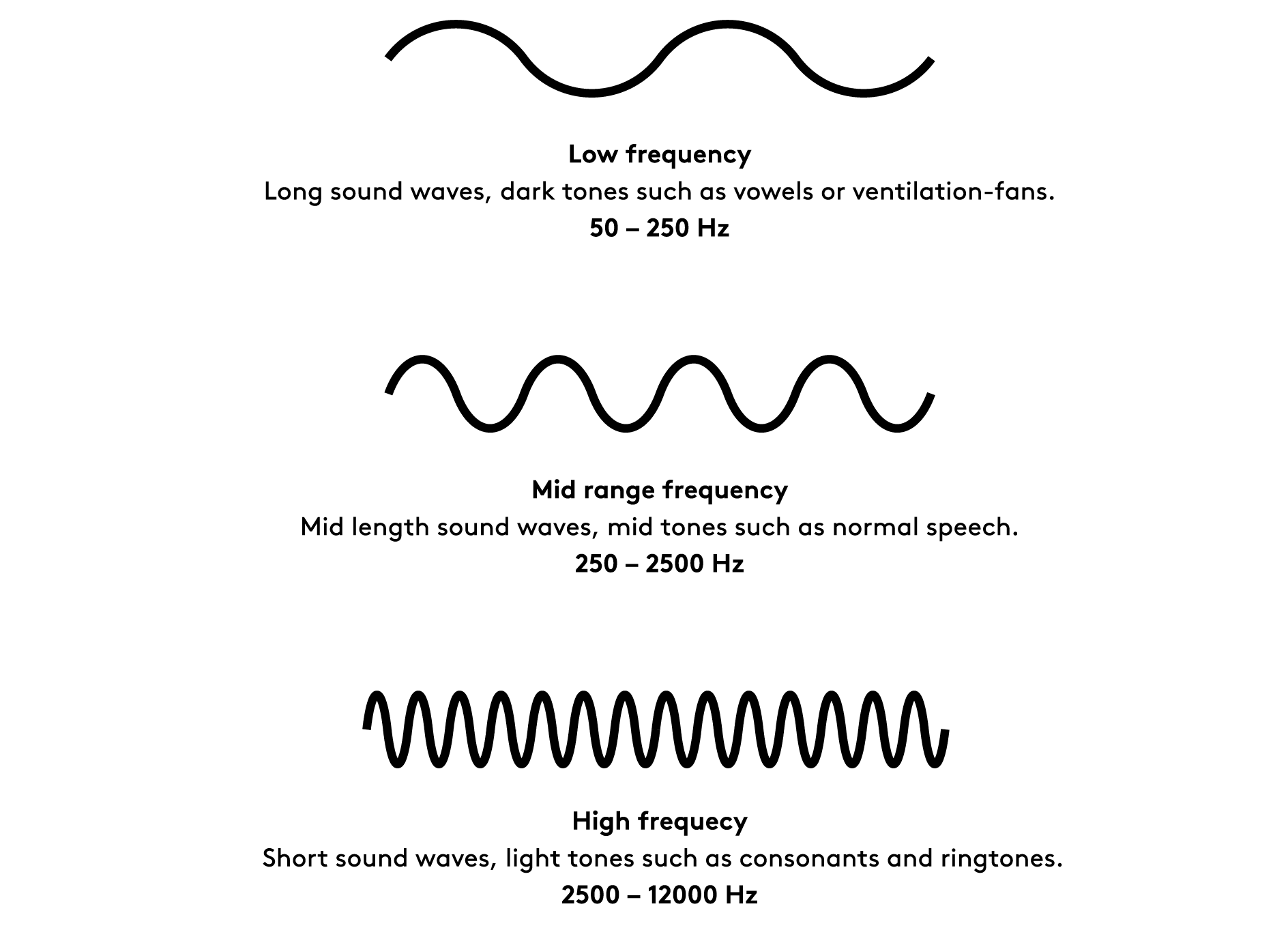
Reverberant time
Reverberant time is one of the things one talks about when explaining the acoustics of a room. It is used to describe the “echo effect” of a room. Smooth bare walls, floors, ceilings or other similar surfaces reflect the sound waves, and the sound bounces right back, causing a diffuse echo.
A bad acoustic environment in a library is often caused by a reverberant time that is too long in relation to the size and functionality of the room.
Sound measured in decibel:
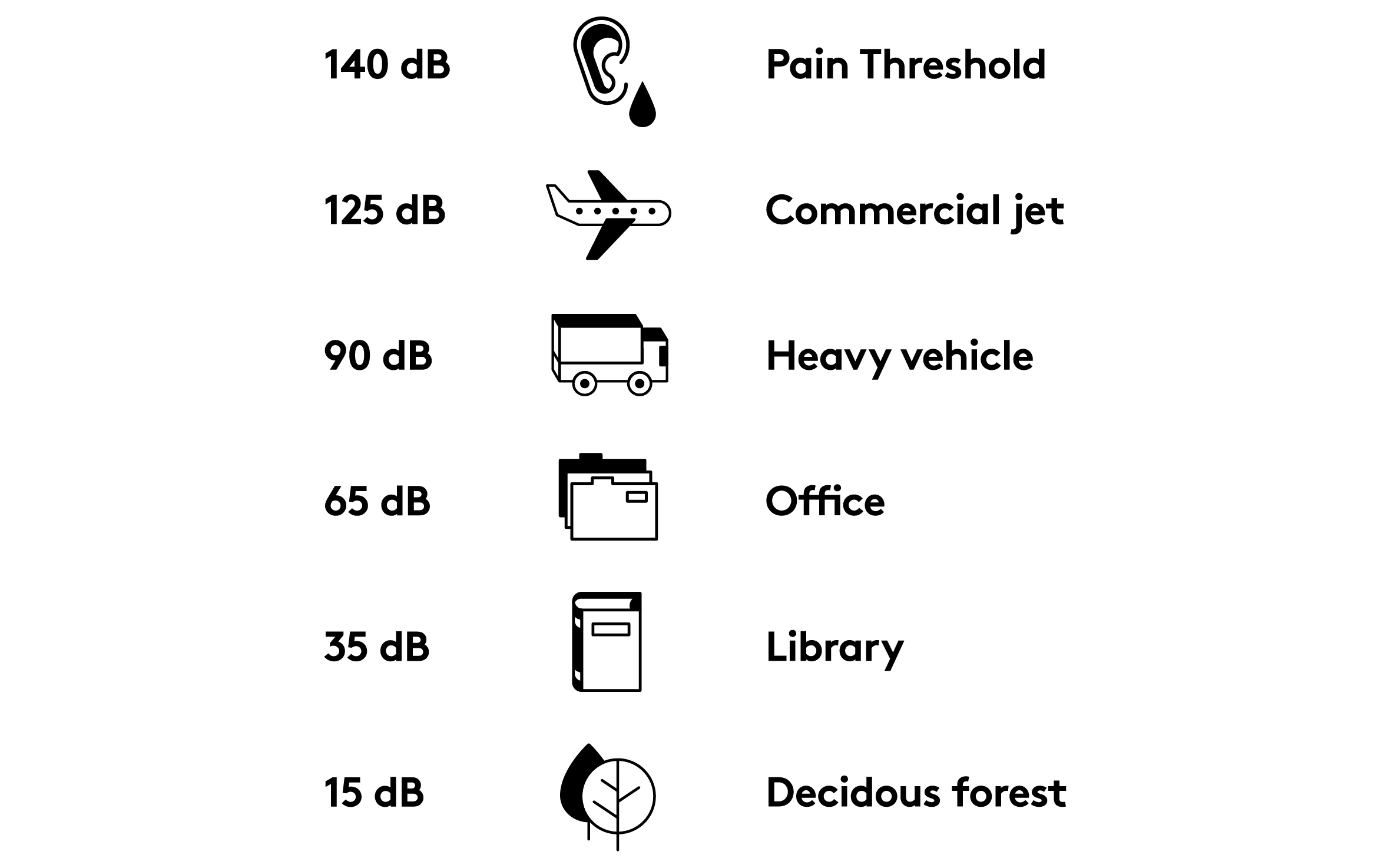
There are some basic principles that can be applied in order to create a better acoustic environment:
Using barriers to absorb sound is an easy way of controlling acoustic. Screening of areas with different uses gives both acoustic and visual cues to different zones. Screens with solid cores and acoustic absorbent faces are the most affective for this purpose.
Where more privacy is required, acoustic pods can be used for small meetings or uninterrupted study.
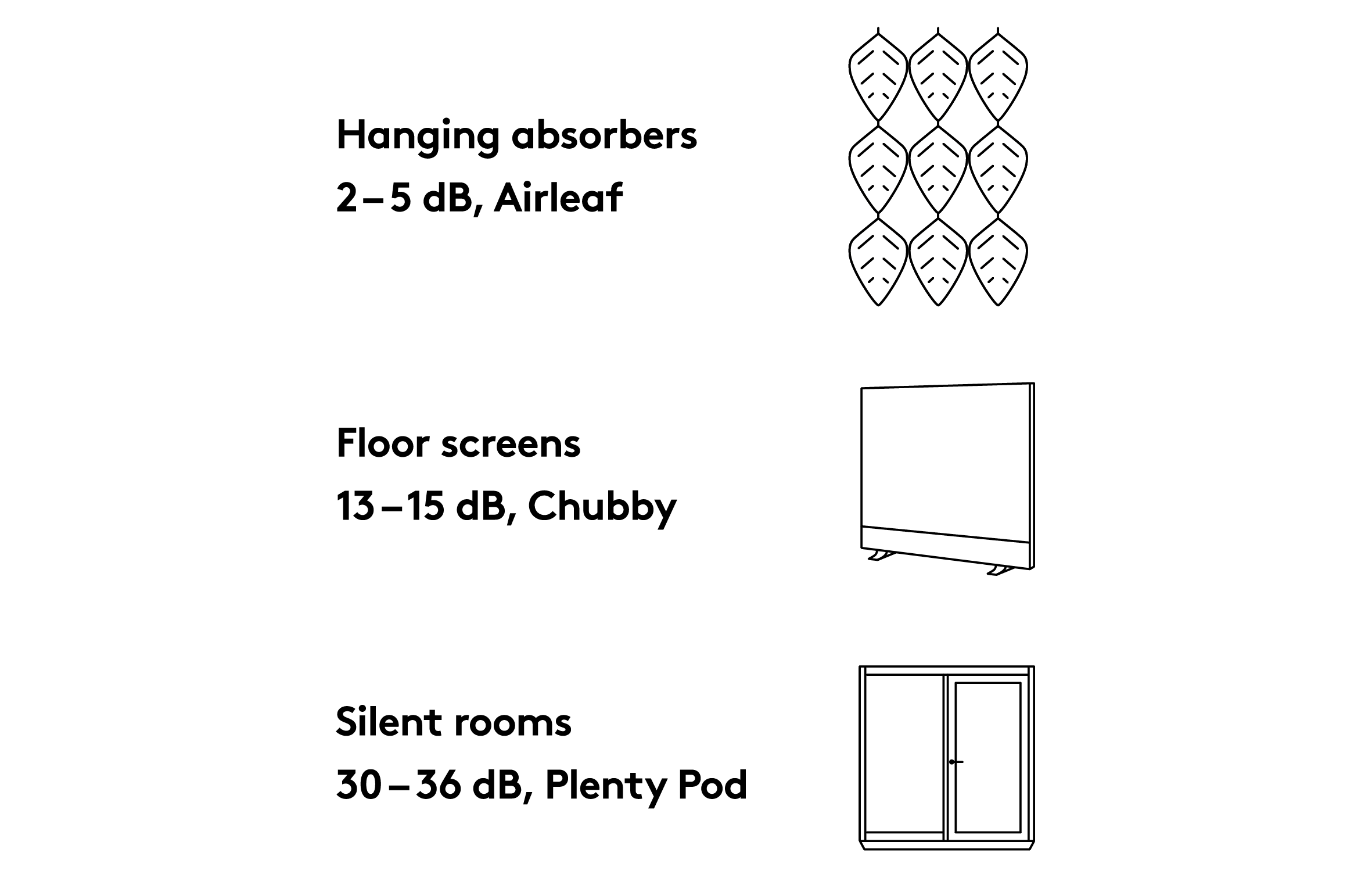
 Shopping basket |
Shopping basket | 

